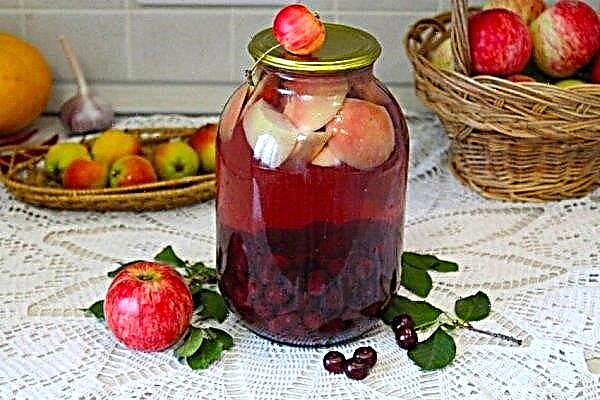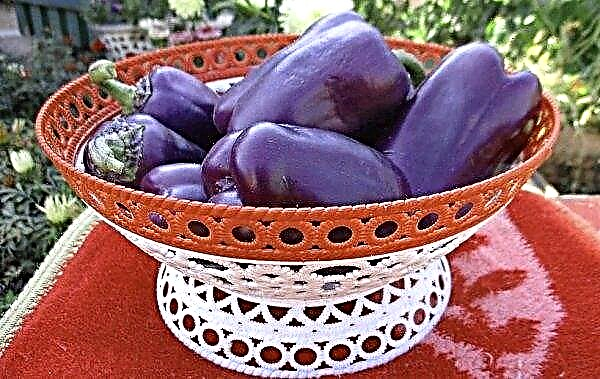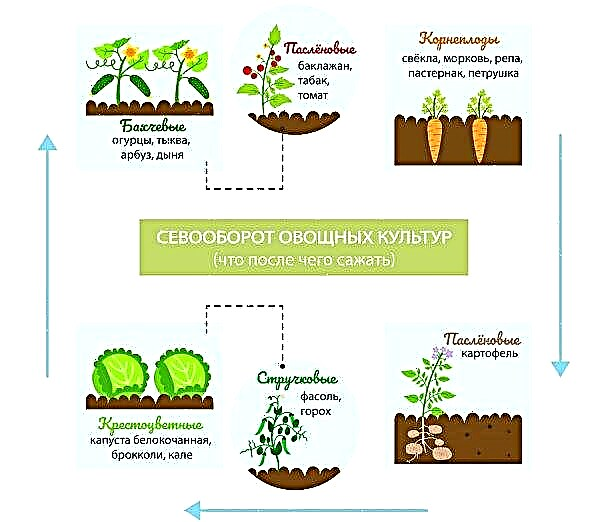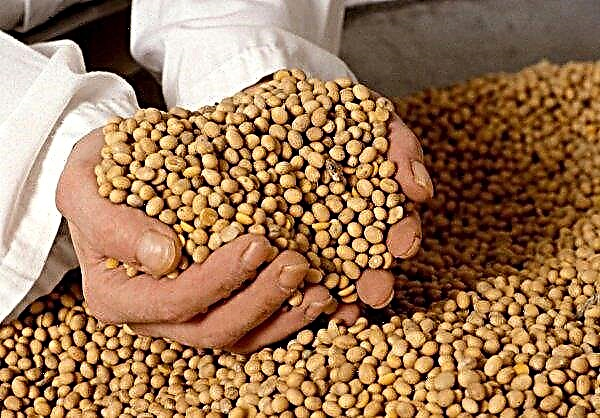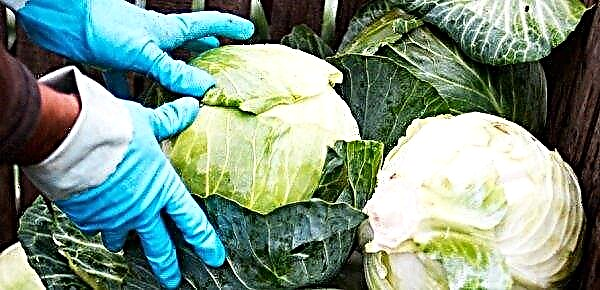Phytophthora is an enemy of tomatoes and other garden crops. If the fight against him is not started on time, he will destroy the entire crop. Metronidazole, a medicine for people, will help cure plants. What is the secret of its action and how they process plants, we will tell in this article.
The composition of the drug
The medicine is sold in all pharmacies and dispensed without a doctor’s prescription.
On the package you can read the composition of the drug:
- active substance - metronidazole (250 or 500 mg);
- Excipients Microcrystalline cellulose, calcium stearate and potato starch.
This synthetic agent is prescribed for the treatment of bacterial and protozoal infections. In the gardening business, Metronidazole has established itself as an effective medicine for late blight.
In addition, it is successfully used for the treatment and prevention of other fungal and bacterial diseases of cultivated plants, for example, these are:
- Fusarium, Anthracnose, Ascochitosis, Alternariosis, Peronosporosis;
- powdery mildew;
- brown and angular spotting;
- white, gray and dry rot;
- blackleg;
- tracheomycotic wilt.
The active substance interacts with the DNA of microorganism cells, blocking the formation and synthesis of protein. This leads to suppression of the vital activity and death of pathogenic fungi and bacteria.
Did you know? There are more than 50 types of phytophthora parasitic fungus. They infect cultivated plants around the world. — from solanaceous (potatoes, tomatoes) to exotic papaya.
Processing of tomatoes with Metronidazole
Metronidazole and its analogue Trichopol have been used by gardeners for some time to treat and prevent tomato diseases. Due to their effectiveness, they have become very popular among other folk methods. But these tools have both pros and cons.

Benefits of the drug
- The advantages of Metronidazole include the following characteristics:
- high efficiency in the destruction of fungi and bacteria, tested by many gardeners;
- repels insect pests;
- not dangerous to human health;
- very easy to use;
- availability.
Disadvantages
The use of Metronidazole is still a controversial issue due to such shortcomings of the drug:
- microorganisms develop addiction to the drug, so it must be alternated with other means;
- the effect of the drug on plants has not yet been officially investigated.
Did you know? Karl Marx considered late blight ("potato disease"), due to which a crisis arose in England and Ireland, one of the main causes of the French Revolution (1848).
Dates and indications for processing
Indications for the use of Trichopolum, or Metronidazole, are signs of late blight infection.
These include:
- gray and black spots on the foliage;
- blackening inflorescences;
- brown spots on green fruits;
- darkening on the stems.

It is much easier to prevent a disease than to fight it.
The schedule of preventive spraying looks like this:
- before sowing - seed treatment;
- after a dive;
- after transplanting to a permanent place;
- in June (favorable time for the propagation of pathogenic spores);
- 2 weeks before the start of fruit ripening.
According to experienced gardeners, preventive treatment of tomatoes from late blight should be carried out every 10 days.
Important! In the case of regular spraying, it is necessary to use different means, since the fungus quickly gets used to one, often used drug.
Basic processing rules
From the experience of many summer residents, it is clear that when processing tomatoes, it is important to adhere to some rules:
- it is best to spray plants in the morning, preferably in calm and dry weather;
- after rain, you need to re-spray;
- you need to use fresh, only prepared solution;
- it is important that the treatment solution falls not only on the upper part of the leaves, but also on the back side;
- in addition to spraying with Metronidazole solution, they also need to water the plants (50 ml under the bush) to protect the roots from infection;
- It is necessary to process not only tomatoes, but also neighboring plantings.
Methods for spraying tomatoes with Metronidazole
Preparing a solution is quite simple.
Step by step recipe:
- Take 10 liters of water, 20 tablets of Metronidazole for treatment or 10-15 tablets for prevention.
- Grind the tablets and dissolve them well in a small amount of heated water.
- Pour the concentrated solution into a bucket with the remaining water and stir.
- Insist 20-30 minutes.
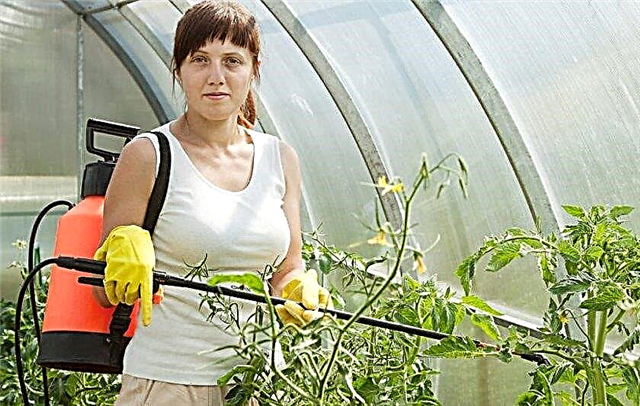
The effect of the drug can be enhanced with the help of antiseptic agents that disinfect the soil and seedlings:
- Zelenka - 1 bottle;
- iodine - 15-20 drops.
- sour kefir (1 l) and garlic cloves grated (50 g);
- whey (1 l) and iodine (25 drops).
The prepared medicine can be used in three ways:
- spray tomato plants;
- water the earth in the root zone;
- lubricate the infected leaves with a solution on both sides.
Important! Exceeding the dosage of the drug in order to improve the result of its action is not recommended — So you can burn the delicate leaves of tomatoes.
When can I eat tomatoes after processing?
The last treatment with Metronidazole is about 14 days before the fruit ripens. Tomatoes must not be sprayed during the harvest. Accordingly, you can be sure that ripe fruits do not contain medicine, so they can be safely eaten. It should be noted that processed tomatoes are no different: treatment with this drug will not affect their external and taste characteristics.
Storage of Metronidazole
The effectiveness of the drug and the absence of side effects depend on whether it is stored properly.
How much and how to store the tablets:
- shelf life - 5 years (expired medicine may harm);
- storage conditions - dark and dry place, temperature - up to 25 ° С.
- You can not store the prepared solution.

Safety at work
There are two opinions on whether it is possible to work without a mask when treating Metronidazole plants or whether you need to protect yourself. Some believe that since this medicine is for people, it is completely safe for them. But others still prefer to wear a respiratory mask that protects the respiratory tract from chemical fumes, and not to stay close to sprayed plants for a long time - such a point of view is still preferable.
Judging by the reviews of gardeners, in the fight against late blight and other diseases, Metronidazole is 100% effective. But do not forget that the best prevention is to follow all the rules of agricultural technology.




